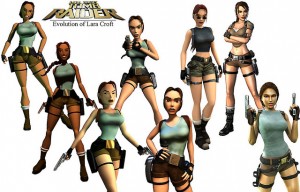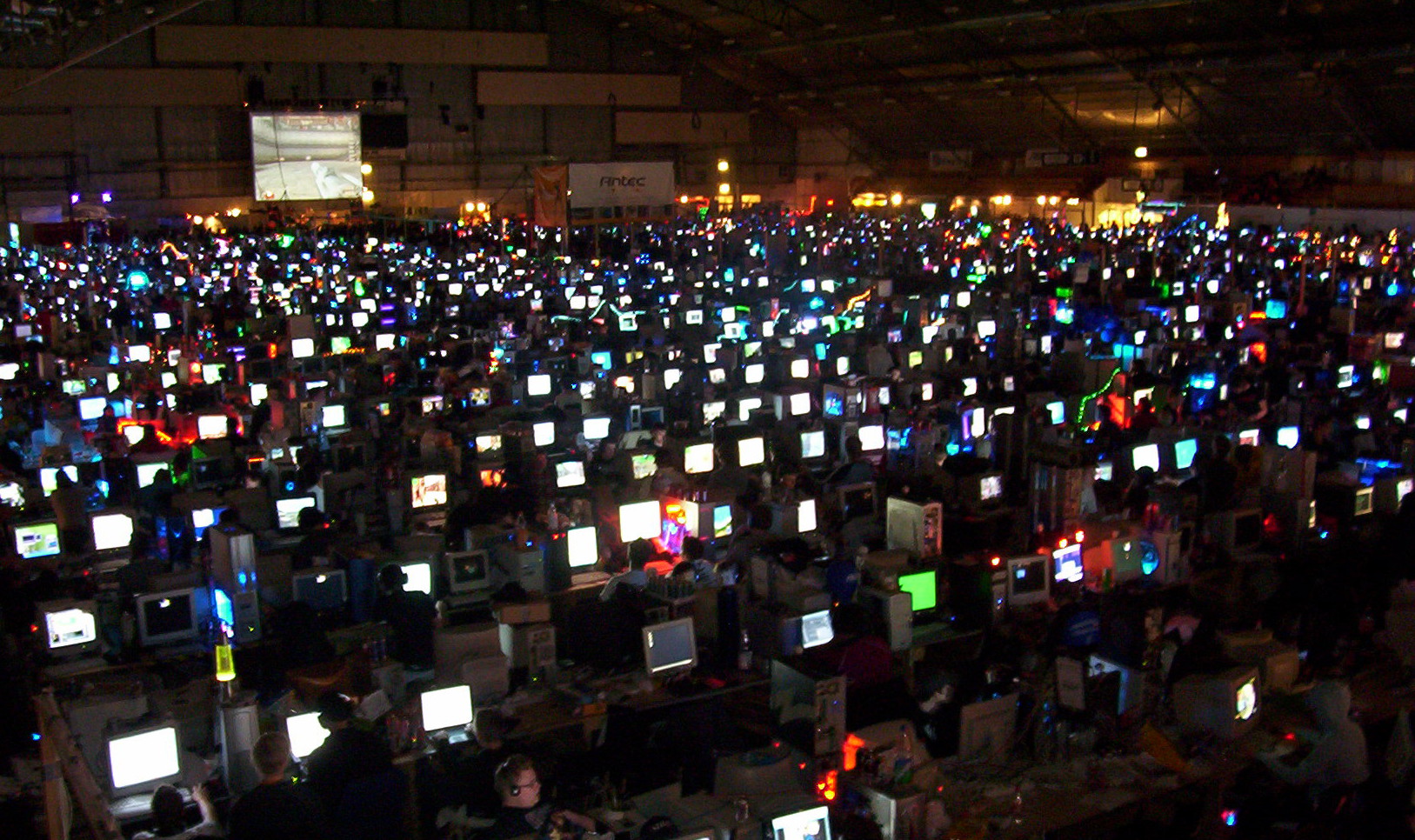
Recently, the release of Assassin’s Creed: Unity by Ubisoft has again sparked critique and criticism relating to the role of women in video games. The game has “no playable characters that are women,” effectively ignoring the booming demographic of female gamers. Under similar criticism for not animating or creating female playable characters, Ubisoft technical director James Therien argued that it is too much work or that women are ‘too hard’ to animate. Disney’s animators have recently voiced a similar reluctance to animate facially distinguishable female characters, stating the difficulty in “keeping them pretty” across different emotive displays. Women in video games have traditionally been hyper-sexualized physically and used as mere objects for accomplishing goals within the game. Shifting demographics show more and more females are playing video games, yet the industry has lagged behind in both including significant female characters – think Bechdel test – and valuing its female employees.
The stale representation of females in video games is not a reflection of consumer demand. The gaming industry’s core constituents are increasingly women, who are slowly inching out men for percentage of players: 48 percent of players are female, 36 percent of them adult women, while the stereotypical adolescent male (younger than 18) makes up only 17 percent of players. In fact, the gaming world seems to be so significantly stuck in courting young males that it is increasingly missing the opportunity to target the growing female demographic. Internal biases that games featuring women will not sell are perpetuated when “games with a female-only protagonist got half the spending of female-optional, and only 40 percent of the marketing budget of male-led games. Less than that, actually,” as Geoffrey Zatkin of EEDAR put it. As a result, frustration amongst women in video game production teams is growing, as they repeatedly face resistance from employers during a time when appealing to the female demographic is vital for games.
In 2012, two major twitter trends – #1reasonwhy and #1reasontobe – put pressure on the gaming industry to change the sexism not only displayed in video games but also in the industry as a whole. Twitter witnessed an outpouring of complaints calling for awareness with #1reasonwhy and then reasons women should enjoy and enter the gaming industry with #1reasontobe, further inspiring #1reasonmentors of successful female gamers. The tweets exposed the abuse and doubt female game makers experience, such as Kim Swift’s “Because I get mistaken for the receptionist or day-hire marketing at trade shows. #1reasonwhy,” Katie Williams’s “I wish I wasn’t almost too scared to post this. Here’s my #1reasonwhy…” and Jace Proctor’s “Because when we hired a female engineer at my company, I was skeptical. She’s talented and awesome. I’m part of the problem. #1ReasonWhy.”
Although social media platforms have mostly been supportive of greater gender equality in the gaming world, detractors of the movement were also quick to lobby support online. Many commenters defended the status quo, posting uninspired tweets like “I look at #1ReasonWhy and I laugh at all the feminists who think they matter. If you were good in your field, you wouldn’t be misrepresented.” Assumptions that women choose not to engage in gaming or are not talented is what the #1reasonwhy movement seeks to challenge. Tweets also reflected that the gaming culture creates unhealthy work environments for women who are capable coders, animators and gamers. The Twitter campaign voiced many self-censored voices en masse. Mark Sorrell – a popular gaming blogger – advocated for #1reasonwhy while acknowledging the common inability for women to advocate for themselves without being victimized: “I will not be accused of being a shrill moaning harpy. I won’t be asked to make anyone a sandwich, nor will I be accused of being a lesbian, asked to suck anyone’s cock or be threatened with rape.” The extent of the written abuse aired by the campaign only begins to illustrate the deeply ingrained sexism in the industry.
Despite the norm of hypersexualizing or minimizing female characters, more complex female protagonists in games are gaining prevalence. Lara Croft is a notable exception that has evolved positively over multiple editions to feature a less exaggerated and more complex story line. Similarly, Why Saints Row: The Third, a wet dream featuring giant dildo-shaped baseball bats, cheerleader outfits and a prostitution ring, has been celebrated as a gender-equal game. Both female and male playable characters exist with the option of physical augmentation, while odd combinations of moustache on a woman or pigtails on a man are also possible. More importantly, female characters are powerful and complex, holding powerful positions in the plot and everyone has the same chance.
Although female consumers and female creators are bound to change video games, critics argue that new games are unlikely to reassert female stereotypes. It isn’t that women “need games that are all pink with glitter and ponies” said Jane McGonigal, author of Reality is Broken: Why Games Make Us Better and How They Can Change the World, but rather that “top talent and top money [should be] invested in big, complex, cognitively challenging games that are about the kinds of things that women typically seek out in other forms of popular culture.” A feminist-inspired change to gaming won’t mean the demise of quality games but could instead provide interesting options to a greater segment of gaming demographic.
The issue the video game industry is confronting is one of typecasting demographics into molds, one that the entertainment industry as a whole is also battling. It is no longer fair for Tomb Raider – in any of its iterations – to be the easiest example of a strong woman video game protagonist; the game has been around since 1996. Women are playing these games regardless of designated interest. Niche markets are expanding and changing and in many cases women are leading the charge. It is increasingly up to commercial industries to keep up.

I very delighted to find this internet site on bing, just what I was searching for as well saved to fav